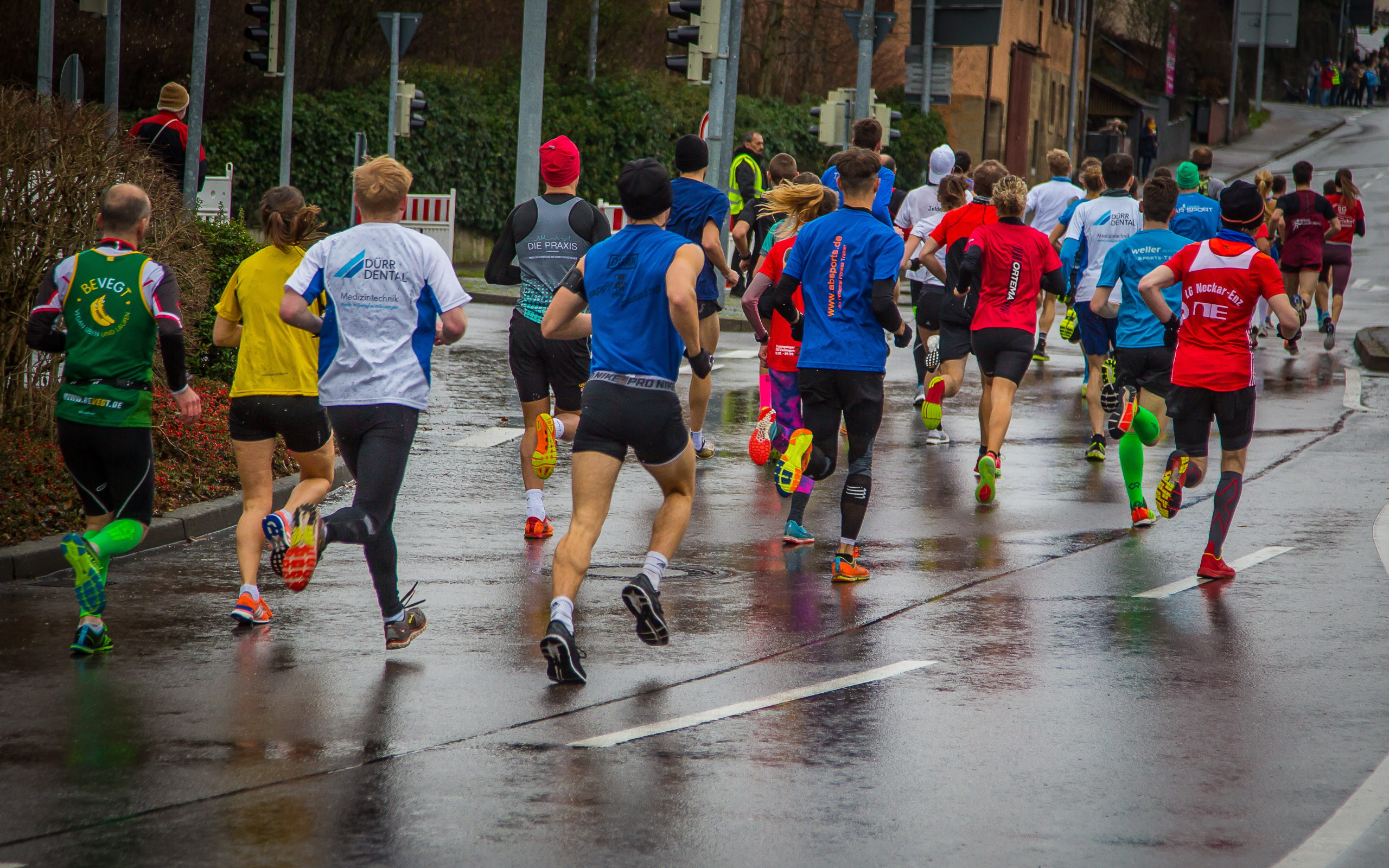The Aid Station: The Role of Iron In Athletes
A common question I get associated with an athlete’s poor race performance is, “Should I get my iron checked”? What makes iron such an important player in an athlete’s performance to make us want to get our levels checked and run out to buy iron supplements?
Why is iron so important to runners?
“Hemoglobin is a protein in your red blood cells that carries oxygen to your body’s organs and tissues and transports carbon dioxide from your organs and tissues back to your lungs” (mayoclinic.com). When your diet is low in iron, your body cannot produce enough hemoglobin. Without the production of this protein in our red blood cells our athletic performances are hindered. If your hemoglobin level is lower than normal (a low red blood cell count) it may mean that you are anemic. Many of us athletes worry about our iron levels since we can lower our levels in many different ways: menstruation, sweat, urine, GI tract issues, use of NSAIDs and antacids, and red blood cell breakdown by impact of each foot strike we take.
However, another part of the iron equation is ferritin. Ferritin is an iron storage protein; your body uses it to hold on to iron atoms until they are needed.

What is the difference between hemoglobin and ferritin levels?
Solely measuring your hemoglobin gives athletes a false assurance that their iron levels are satisfactory. Ferritin is a marker for our total body iron storage. Ferritin can be low even though one’s hemoglobin marker is normal. Research has shown that up to 90% of female endurance athletes have low ferritin. Male athletes, particularly in endurance sports can also have low iron. “The prevalence of iron deficiency is around 15 to 35 percent in female athletes and 3 to 11 percent in males. Females, endurance runners, vegans, vegetarians, and athletes with low energy availability are at an increased risk for iron deficiency” (According to the European Journal of Applied Physiology).
20 ng/mL – 160 ng/mL is considered to be a normal ferritin level. Most athletes should aim for a ferritin level of 40 ng/mL and above.
What are some key symptoms of low iron?
- Not recovering well after runs
- Frequently injured
- Often sick
- Feeling tired all the time
- Difficultly concentrating
- Moodiness
- Reduced work capacity
- Hair loss
- High resting heart rate
- Early onset of fatigue in a workout
How often should I have my iron levels checked?
A loose guideline of when to be have your iron levels checked:
- Annual check-up: An athlete with no history of iron deficiency and is not experiencing any of the normal symptoms of low iron levels.
- Biannually check-up: An athlete that has previous history of low ferritin/hemoglobin, a female athlete, an athlete who has intention to increase training volume over the next few months or plans to train at altitude.
- Quarterly check-up: An athlete with recent history of iron depletion/deficiency, someone who is vegan/vegetarian, anyone exhibiting low energy, high training volume, and fatigue/lethargy, plans to train at altitude within the next 6 months.
What is the bottom line?
If you have noticed that your training and your races are not where they used to be or where you believe they should be, it might be time for you to get your ferritin checked. If you are an endurance athlete and/or entering an increase in your activity levels and your ferritin is below 40 ng/mL you should talk to your doctor about taking an iron supplement and discuss how often you should be monitored. Iron supplementation should only occur under your physician’s supervision.
Add Comment
You must be logged in to post a comment.






